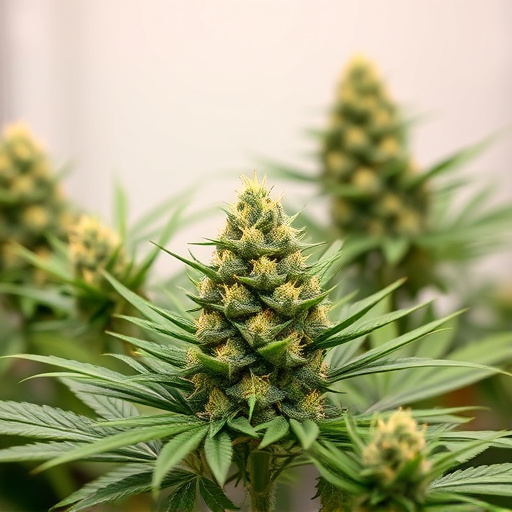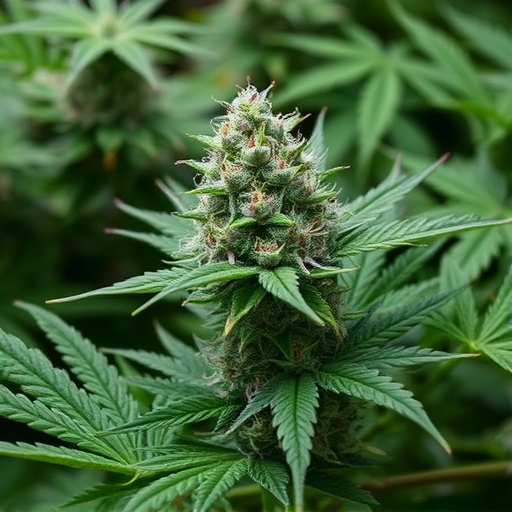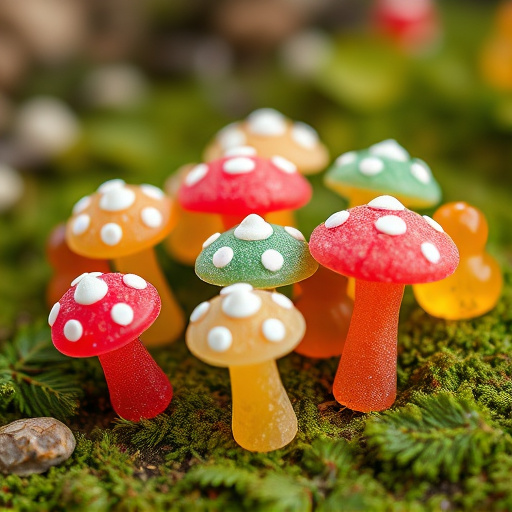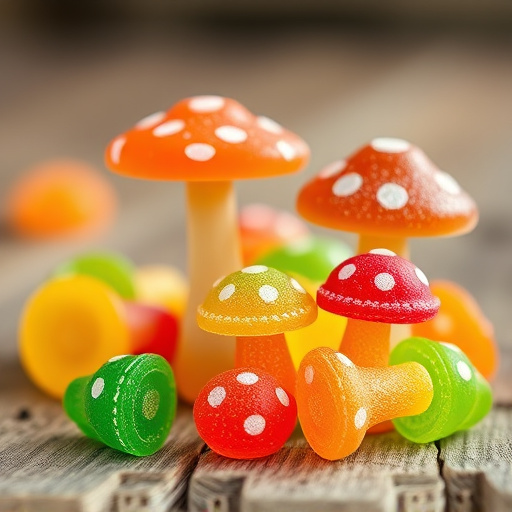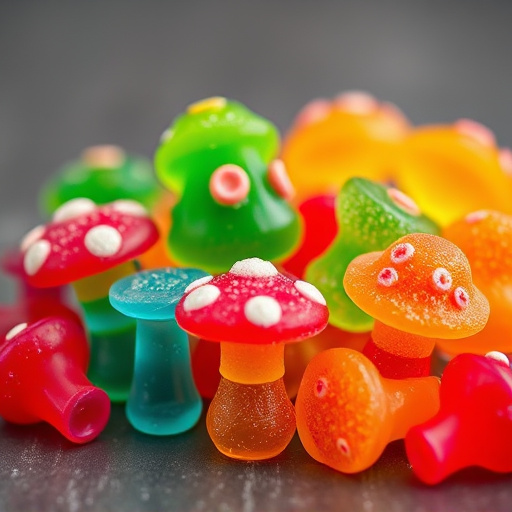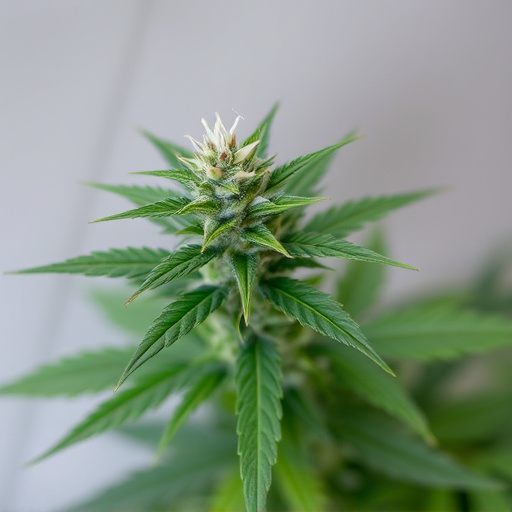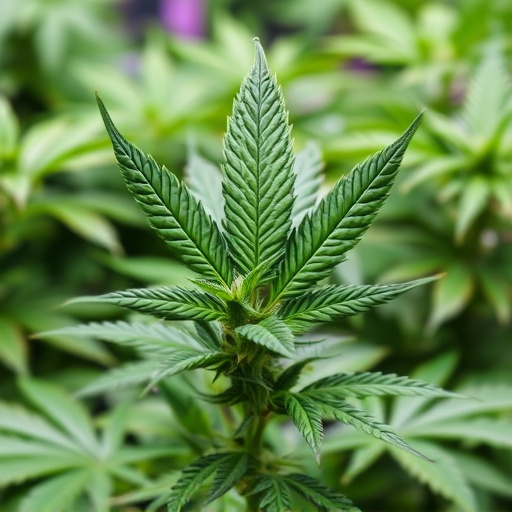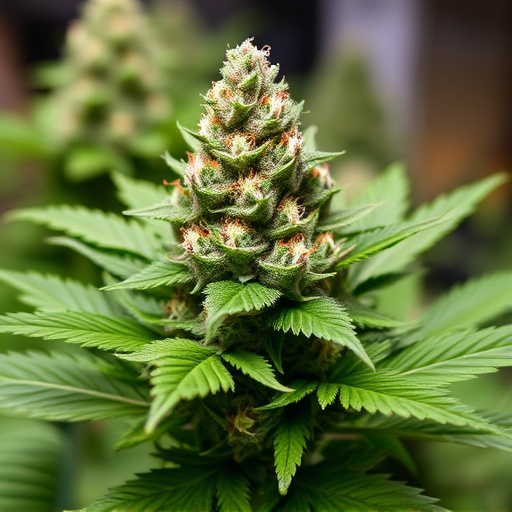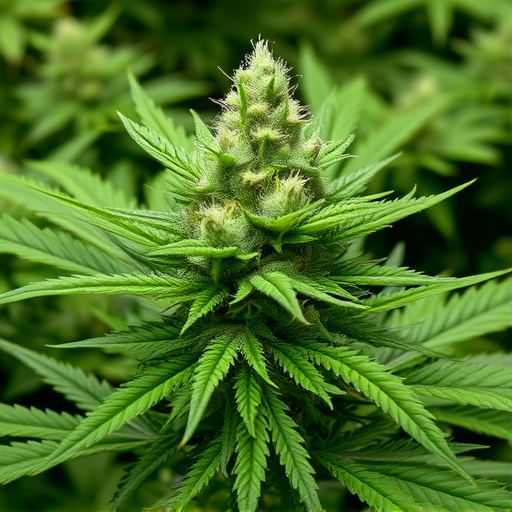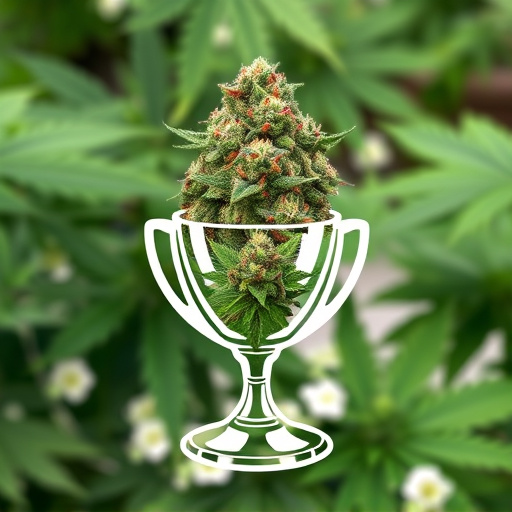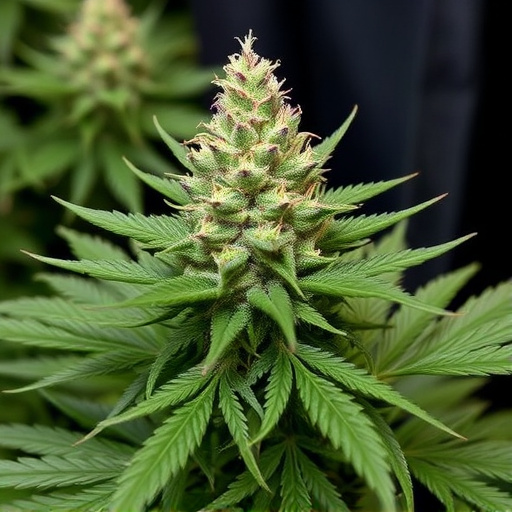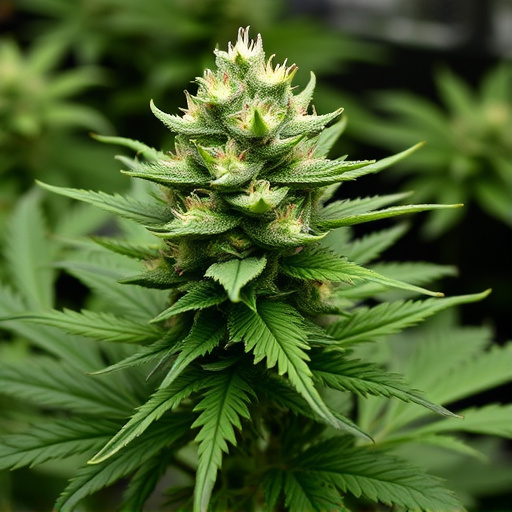The response to cannabis cup winning strains varies greatly due to individual genetic factors affecting their endocannabinoid systems (ECS), which regulate physiological processes and metabolize cannabinoids like THC and CBD. Environmental settings, previous exposure, and sensory expectations also significantly influence the experience, with potent strains offering diverse effects driven by complex cannabinoid chemistry. Each person's "high" is unique based on these varying components, making cannabis cup winning strains a mix of compounds with potential therapeutic benefits for all users.
“Discover why cannabis experiences vary so greatly among users. From genetic predispositions to individual chemistry, every person’s interaction with cannabis is unique. Explore how our bodies process cannabis cup winning strains, influenced by factors like environmental settings and psychoactive compounds such as THC and CBD. Understanding these elements reveals the complex interplay that determines how potent a strain will be for any individual.”
- Genetic Factors and Individual Chemistry: How Our Bodies Interact with Cannabis Cup Winning Strains
- Environmental Influences: The Role of Setting and Experience in Shaping the Effects
- Psychoactive Compounds and Their Variability: Understanding THC, CBD, and Beyond
Genetic Factors and Individual Chemistry: How Our Bodies Interact with Cannabis Cup Winning Strains
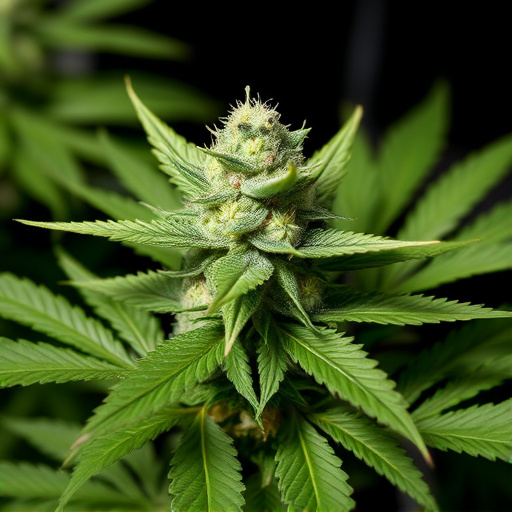
Every individual’s response to cannabis is unique, and understanding genetic factors plays a pivotal role in this variability. Our bodies possess an intricate endocannabinoid system (ECS), which acts as a complex network of receptors and enzymes responsible for regulating various physiological processes. The interaction between cannabis compounds, particularly those found in renowned Cannabis Cup winning strains, and our ECS contributes to the diverse effects people experience.
Genetic variations can influence how our bodies metabolize and respond to cannabinoids like THC and CBD. These differences in metabolism lead to variable concentrations of active compounds in our systems, explaining why one person might feel a powerful euphoria from a specific strain while another experiences a milder, more calming effect. Thus, the unique chemical composition of Cannabis Cup winning strains, recognized for their potent effects, can yield different results based on each user’s individual genetic makeup and endocannabinoid system interaction.
Environmental Influences: The Role of Setting and Experience in Shaping the Effects
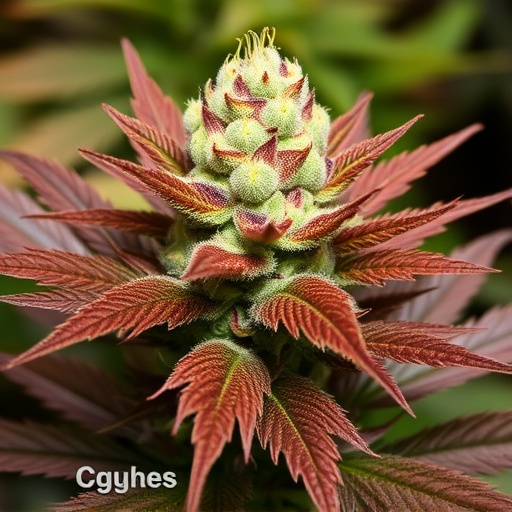
The way cannabis affects individuals can vary greatly, and environmental influences play a significant role in this diversity. The setting in which one consumes cannabis can dramatically impact their experience. For instance, a calming outdoor environment with natural scents might enhance the relaxing effects of a strain, while an exciting social atmosphere could amplify the euphoria induced by certain cannabis cup winning strains.
Previous experiences also shape how individuals perceive and react to cannabis. Those new to cannabis may have more intense reactions compared to regular users who have built up a tolerance. The environment’s overall mood and sensory cues can influence expectations and interpretations, affecting the perceived strength and pleasantness of the effects.
Psychoactive Compounds and Their Variability: Understanding THC, CBD, and Beyond
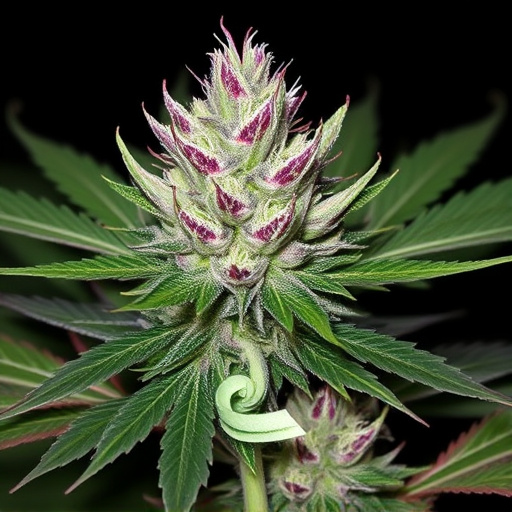
Cannabis users often talk about how “the high” feels different from one person to another, and that’s because it is! The way cannabis affects individuals is a complex interplay between various psychoactive compounds present in the plant. Two of the most well-known are THC (tetrahydrocannabinol) and CBD (cannabidiol), but there’s much more to explore within this diverse chemical profile.
THC, often associated with the euphoric and mind-altering effects, is a powerful compound that binds to receptors in the brain, influencing mood, memory, and coordination. However, not everyone responds to THC in the same way due to genetic differences in how their bodies process it. On the other hand, CBD, known for its potential therapeutic benefits without the psychoactive effects, interacts with the endocannabinoid system differently, leading to varied outcomes. Beyond THC and CBD, cannabis plants also contain terpenes, flavonoids, and other minor compounds that contribute to the unique experiences associated with different strains, often celebrated in competitions like the Cannabis Cup. These compounds can influence how potent a strain feels, its aroma, and even its potential therapeutic applications.
The diverse effects of cannabis on individuals can be attributed to a complex interplay of genetic factors, environmental influences, and the varying psychoactive compounds within different cannabis cup-winning strains. Understanding these elements is crucial for navigating the unique experiences that make cannabis such a multifaceted plant. By recognizing both our natural variations and the impact of our surroundings, we can better appreciate the individual responses to cannabis, fostering a more personalized approach to its consumption and application.
